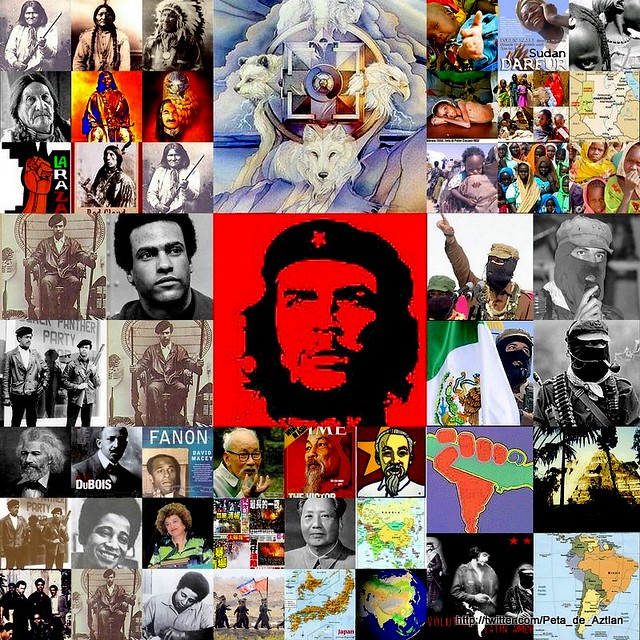If you have studied his few writings and about his personality you will know that Bruce Lee was a true humane being and a progressive all the way.
What better way to teach the masses about self-defense with principles?
His death was declared was a medically rare occurence considering his great phys8cal fitness and was due to a hyper-sensitivity to one of more compounds in a sedative he took from a Chinese Actress to get some sleep. Lots of strange things happeneed to him. ~Peta


 |
 |  |  |  |  |
Considered the greatest martial artist of the 20th century, Bruce Lee's legacy lives on through the world of athletics and the arts nearly three decades after his death. His most successful film, Enter the Dragon (1973), is regarded as the single most influential factor behind the global popularity of martial arts in motion pictures. |
Born Jun Fan Lee in San Francisco, Lee's family returned to Hong Kong while he was an infant. During his teens, he made films in the Hong Kong market and at the age of 18, moved to the United States to study Philosophy at the University of Washington. There he met American Linda Emery, and the two married in 1964. As a student, he thoroughly studied the human sciences of kinesiology and physiology, which led him to create his own method of self-defense called Jeet Kune Do. His revolutionary teachings strayed from traditional techniques and became the first martial art method to ever be taught on the basis of total freedom for the individual practitioner. Lee published his first book in 1963 titled "Chinese Gung Fu: The Philosophical Art of Self-Defense." After a particularly electrifying demonstration at a karate tournament in 1964, Lee was offered the role of "Kato" in "The Green Hornet" television series. The syndication of the show gave him a substantial following. Before long Lee returned to Hong Kong to star in two motion pictures, The Big Boss (1972) and Fist of Fury (1972). The financial success of his first two films gave Lee the creative latitude to direct and write his next film The Way of the Dragon (1973). At the same time, he was signed to star in Enter the Dragon, the first co-production between American and Hong Kong film studios. The film proved to be an international hit, famous as much for its pearls of wisdom, as for its spectacular martial art action sequences. During his lifetime, Lee cultivated a personal philosophy, a synthesis of eastern and western insights, which helped him overcome many adversities. He passed away at age 32 as a result of hypersensitivity to a pain medication. At the time of his death, he was in the process of making The Game of Death (1978), for which he filmed three action sequences. This was to have been the most important film of his budding career. Scenes from The Game of Death now appear on Bruce Lee: A Warrior's Journey, a one-hour documentary featuring 33-minutes of never-seen footage. Lee's influence on the action film genre dramatically effected change in the film industry. He introduced eastern and western film relations which spawned a martial arts phenomenon that continues to bring enormous financial success to the film industry. His presence in the film community defied stereotypes and opened doors for many of today stars who, through their work, allow his legacy to live on. | | | 
 |


++++++++++++++++
Peter S. Lopez ~aka Peta



No comments:
Post a Comment